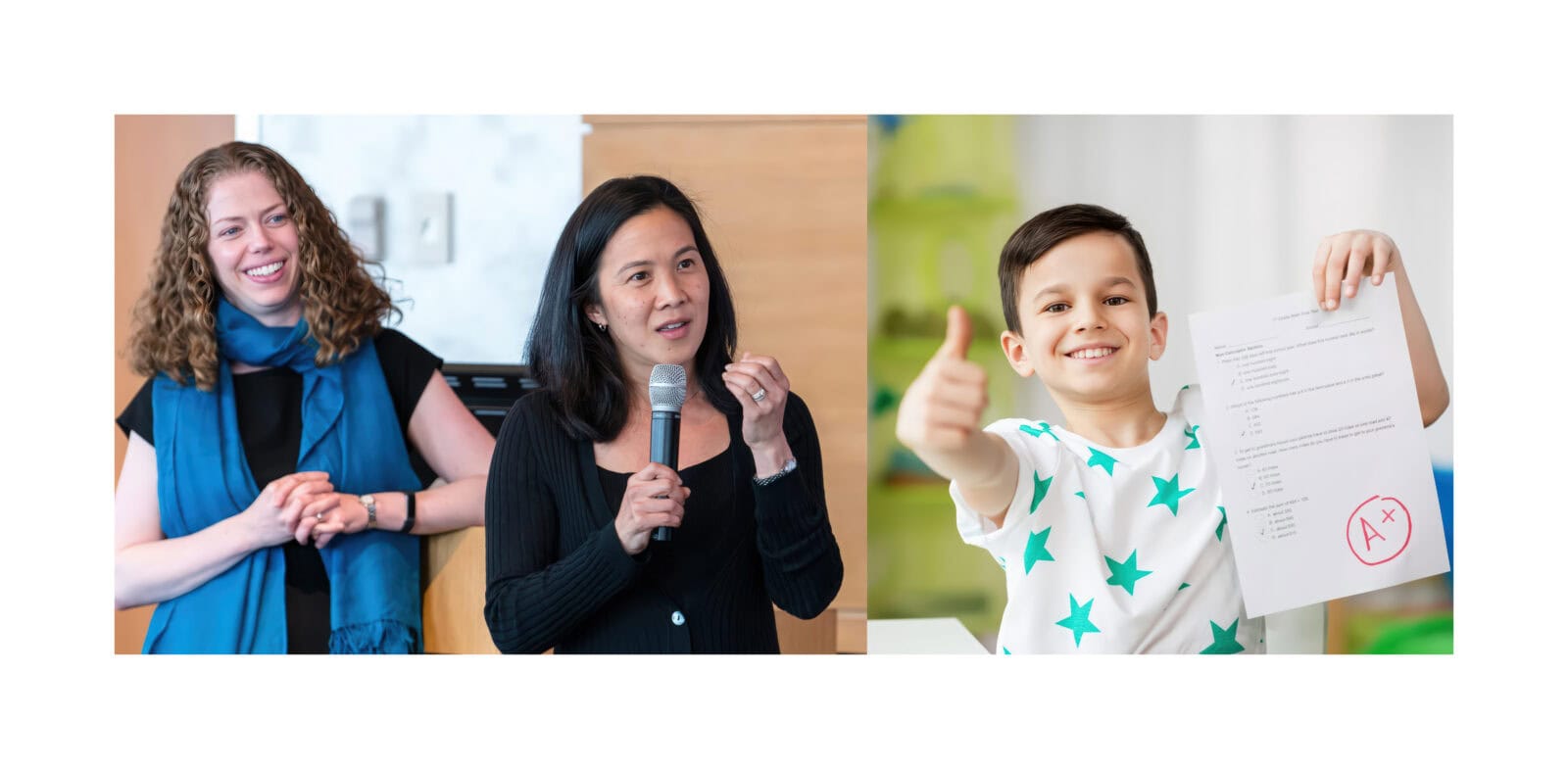$20 million gift sets state on a bold path: outperform the nation in math

A landmark $20 million gift is setting Washington, D.C., on an ambitious path to outperform the nation in math achievement.
The donation will fuel the Capital Math Collective, a sweeping, citywide initiative designed to close the learning gaps that widened dramatically during the pandemic.
Directed through the DC Public Education Fund—the primary philanthropic partner to D.C. public schools since 2007—the investment represents one of the most significant private commitments ever made to math instruction in the city.
Over the next five years, it will support tutoring, teacher development, family engagement, and data systems aimed at boosting student confidence, competence, and long-term outcomes.
City and school leaders describe the effort as the most coordinated math strategy in D.C. has ever undertaken. Instead of isolated programs, the Collective brings together district schools, charter networks, nonprofits, youth organizations, and a university research partner under a single, aligned approach.
The goal is bold: by 2030, D.C. aims to become the first urban school district to surpass the national average in math performance.
The urgency behind the work is profound. While literacy in D.C. has rebounded to pre-pandemic levels, math recovery lags significantly.
On a major national exam in 2024, D.C. fourth graders scored below the national average, and eighth graders trailed even further.
Teachers see the consequences daily—students are multiple grade levels behind, intimidated by foundational gaps, and often convinced they are “not math people” long before they encounter algebra. The new initiative is designed to change both the numbers and the narrative.
High-dosage tutoring will anchor the work, offering intensive, structured support multiple times per week during and after school. Instead of sporadic homework help, students will meet in small groups with trained instructors who coordinate directly with classroom teachers.
At the same time, the initiative will invest deeply in math educators by expanding instructional coaching, providing real-time support inside classrooms, modeling lessons, planning units, and analyzing student work.
These efforts aim to enhance both teachers’ mathematical content knowledge and their capacity to support students who have fallen behind.
Two new math centers—one at Ballou High School and another at a site still being finalized—will serve as hubs for tutoring, teacher workshops, family programming, and summer learning.
The model echoes the city’s successful reading clinic launched in 2018, which played a key role in D.C.’s literacy rebound. Families will also be central to the strategy, with math nights, hands-on workshops, and accessible take-home materials designed to show that math skills are part of everyday life, from cooking to budgeting to comparison shopping.
A university partner will lead a rigorous data effort, tracking systemwide progress, analyzing what works, and helping schools make rapid adjustments. Teachers will have tools to monitor student performance in real time, enabling earlier interventions and more personalized support.
Annual public reports will document citywide and school-level improvements.
City leaders aim to embed these practices permanently, ensuring that the progress continues long after the initial funding has ended.
That includes strengthening educator pipelines, coordinating strategies across district and charter sectors, and making the most successful approaches a permanent part of how D.C. teaches math.
The immediate work now shifts to implementation: principals select the first students for tutoring, schedules adjust to allow extra support without sacrificing core classes, nonprofits recruit tutors—many from the neighborhoods they will serve—and families receive invitations to new workshops and summer programs.
Teachers, meanwhile, are preparing for an unprecedented level of coaching support that many say is essential in a post-pandemic landscape.
This large-scale effort arrives at a moment when national concerns about math achievement are escalating.
American students have been falling behind in math for decades, consistently ranking in the bottom quarter globally. The pandemic intensified these struggles, and researchers across the country are racing to understand what works.
A recent mega-study led by the Behavior Change for Good Initiative at the University of Pennsylvania demonstrated that even simple, low-cost behavioral nudges to teachers can improve students’ math progress.
Conducted with Zearn Math and involving more than 140,000 teachers and nearly 3 million elementary students, the study tested 15 behaviorally informed email interventions against standard reminders.
The results showed modest but meaningful gains: overall math progress grew by 1.89 percent during the four-week intervention, with the most effective approach—prompting teachers to review personalized reports on their students’ progress—boosting performance by just over 5 percent.
Notably, personalized nudges outperformed generic ones, suggesting that appeals to teachers’ intrinsic motivation to help their own students can be an especially potent lever.
Although the effects were minor, the study highlights both the promise and the challenge of modifying human behavior, even with well-designed interventions.
Researchers argue that more intensive supports are needed and that a deeper study is essential to understand why specific nudges work, how long their effects last, and how they might complement broader strategies, such as D.C.’s new math initiative.
As Angela Duckworth, one of the study’s leaders, observed, the better we understand why something works, the more effectively we can use it to create positive change.
The Capital Math Collective is betting on that principle—pairing large-scale investment, behavioral science insights, intensive tutoring, and teacher support to help thousands of students who now feel stuck rediscover a sense of possibility.
City leaders believe that if the effort succeeds, it will not only improve test scores but also reshape the community’s view of math: not as a barrier, but as a gateway that every child can learn to cross with proper support.
The $20 million gift provides the spark; the true transformation will come from the daily coordination, commitment, and care happening in classrooms, homes, and community spaces across the district.

